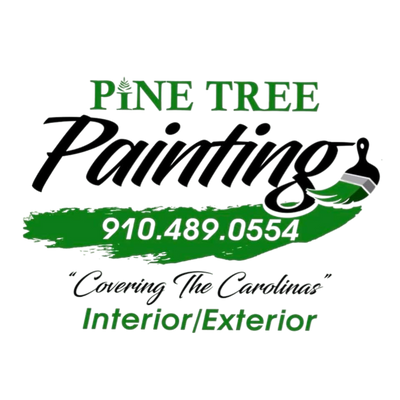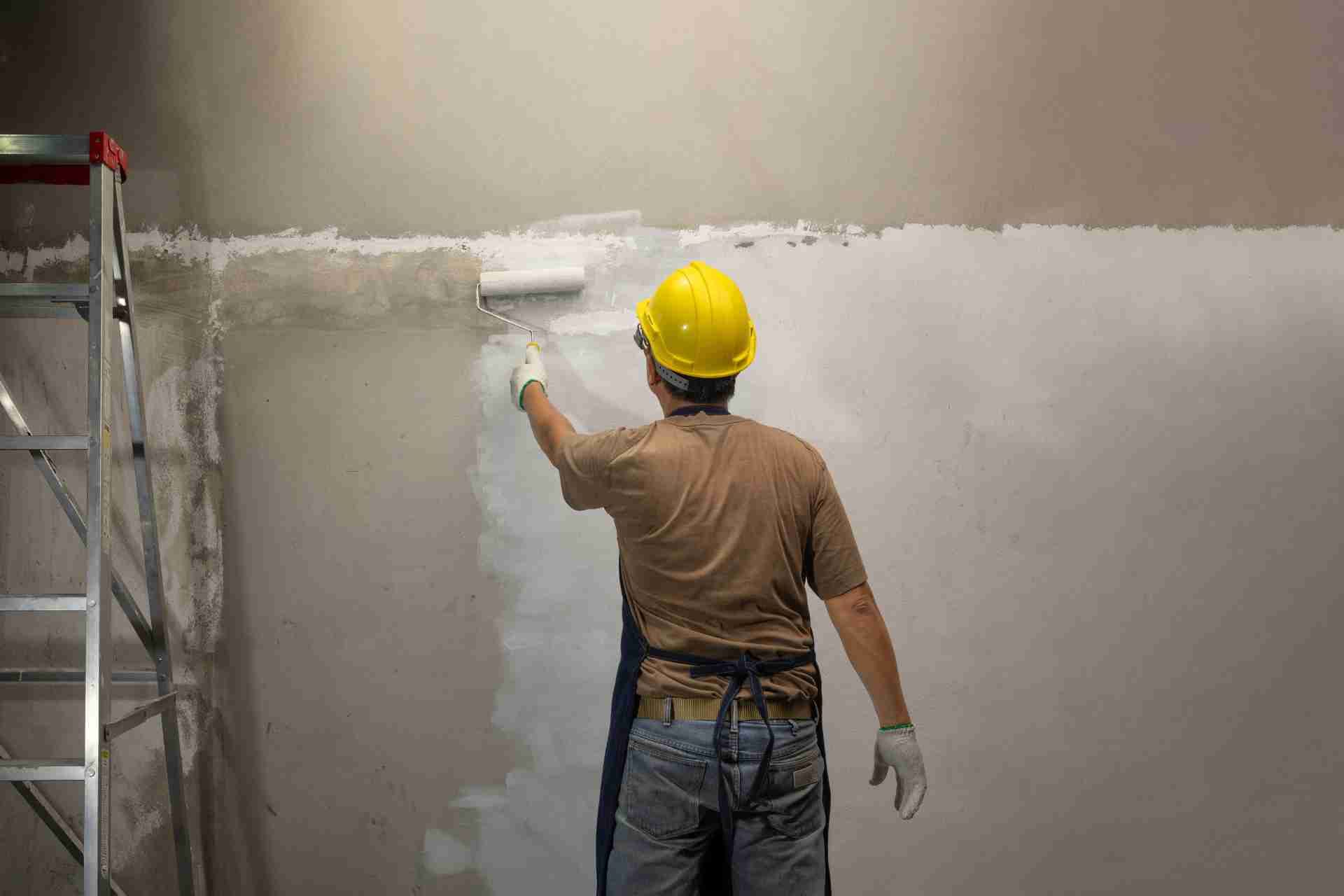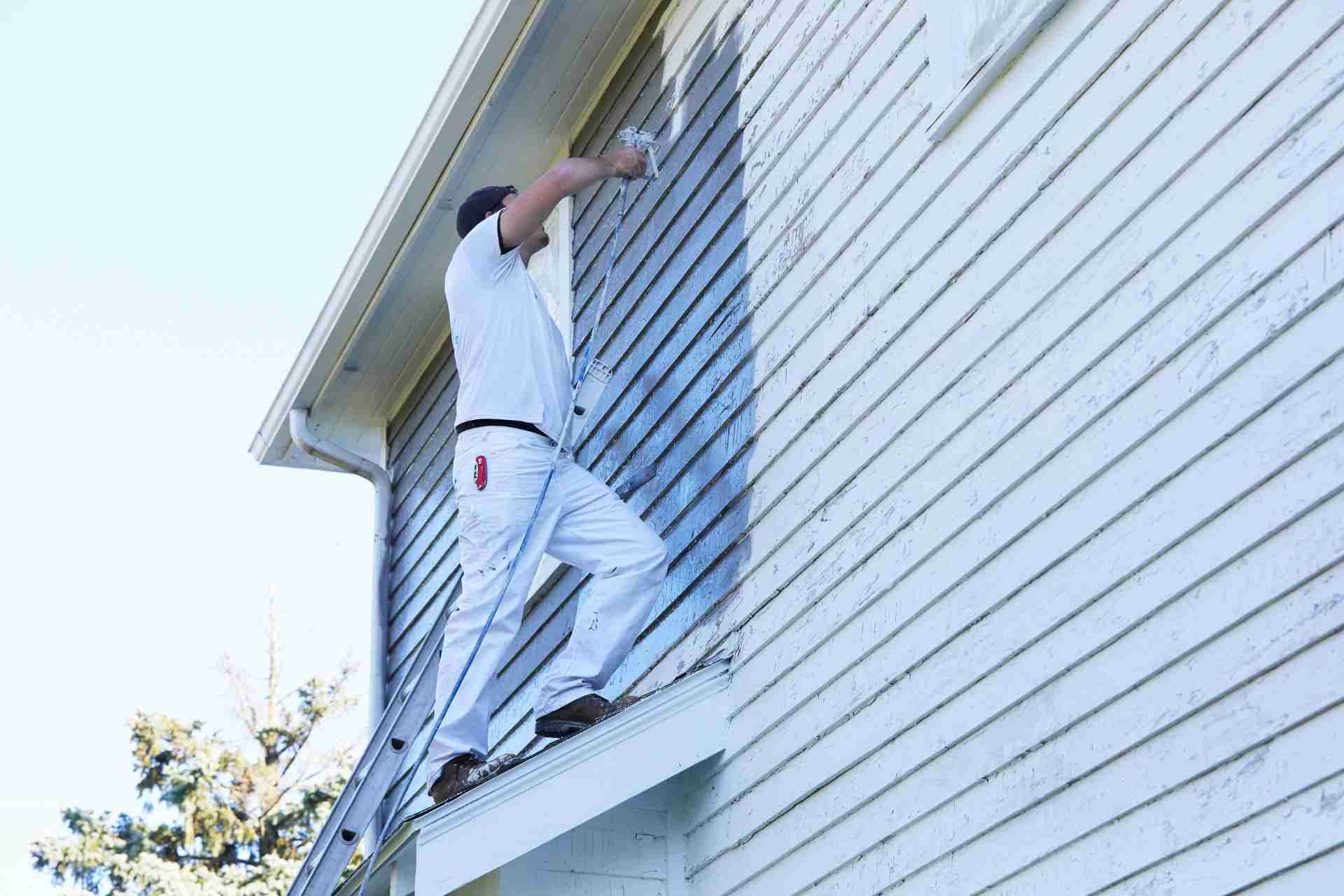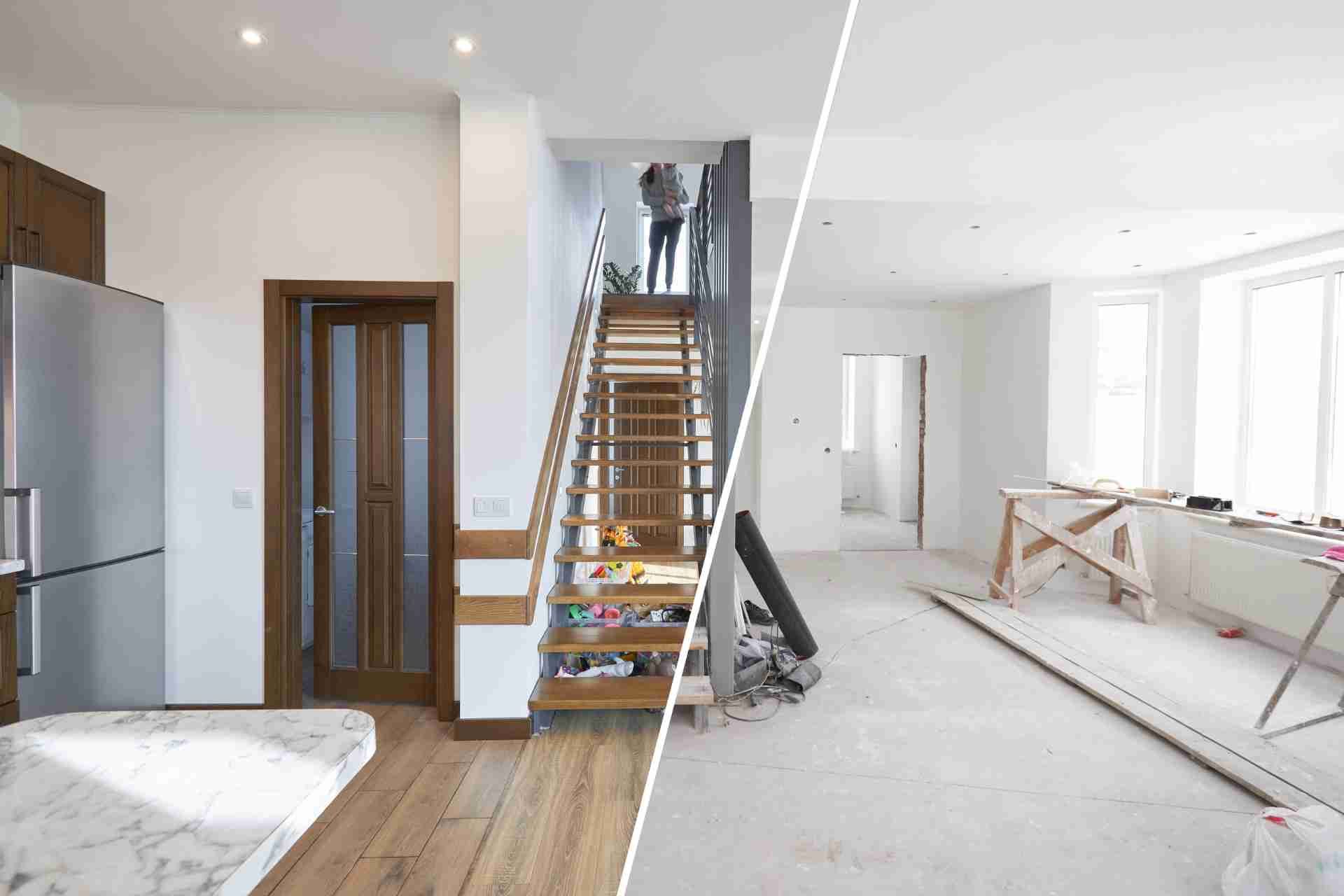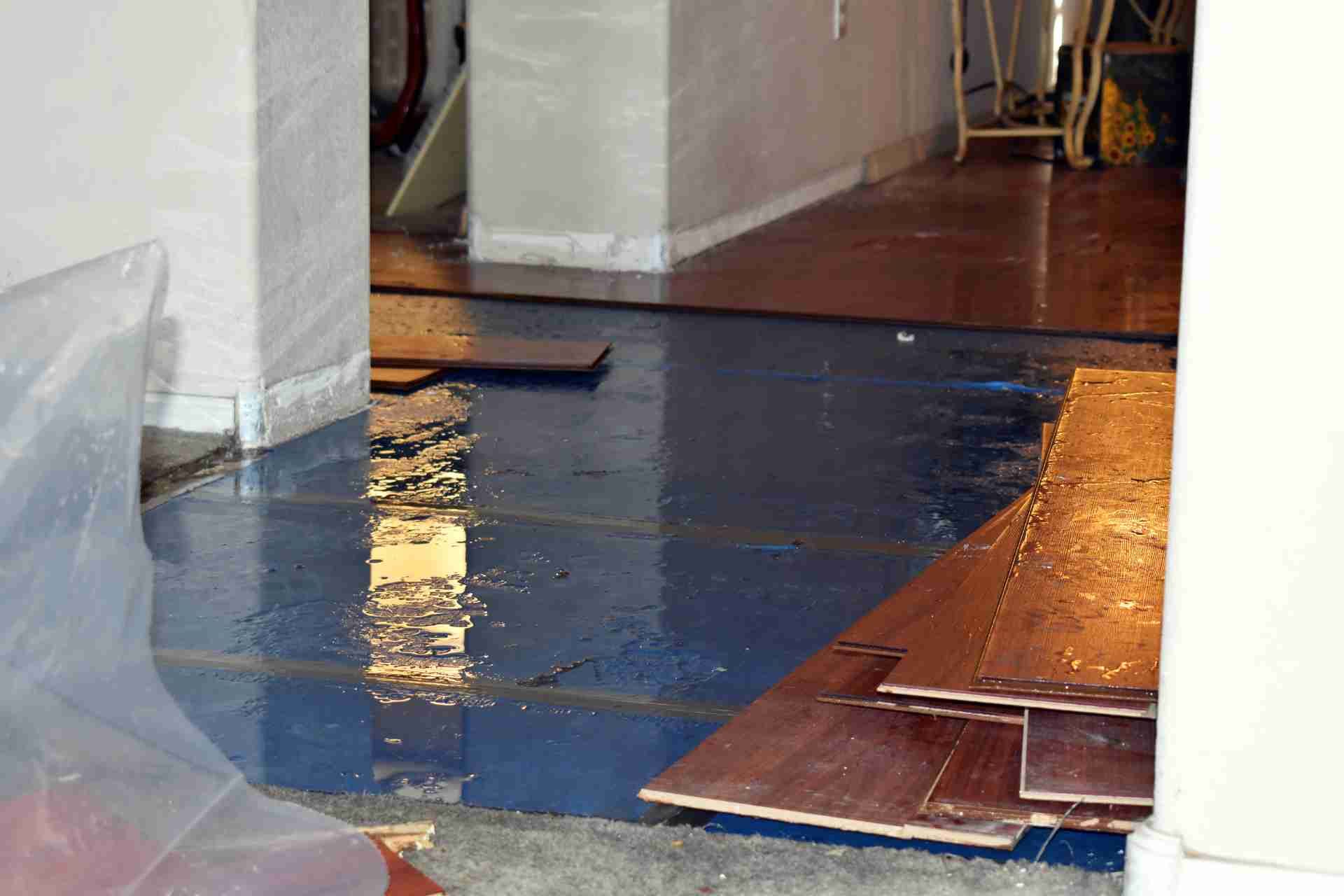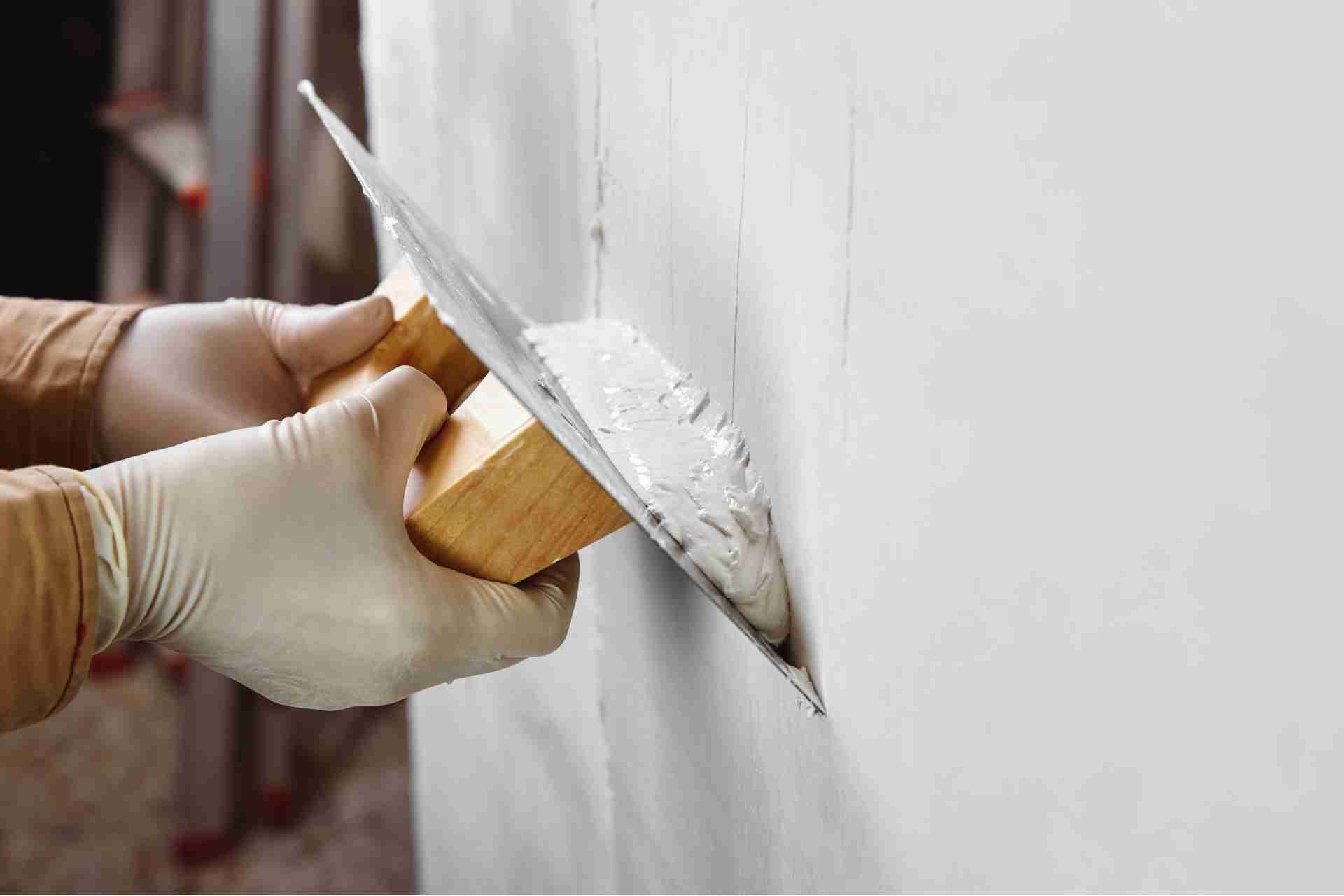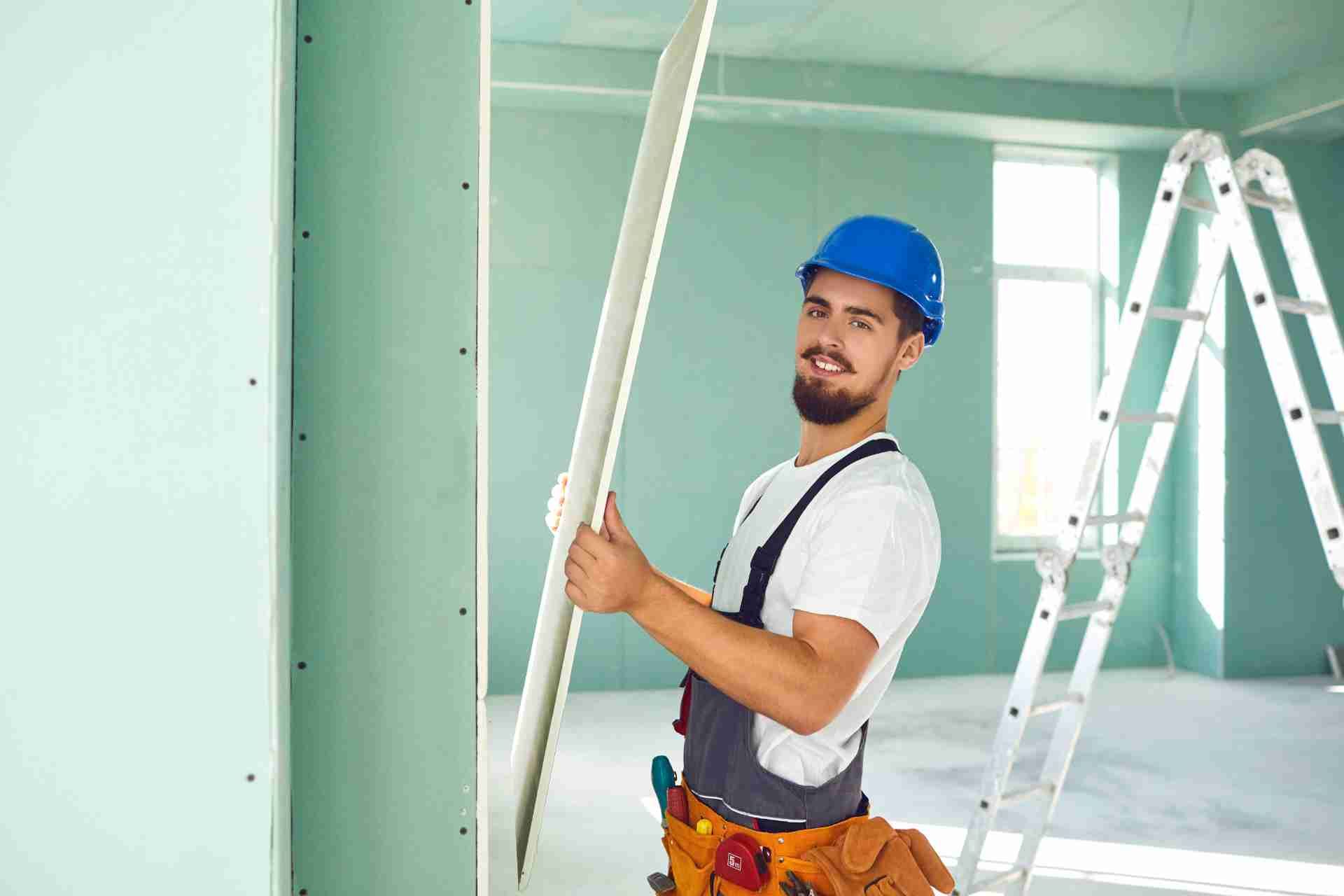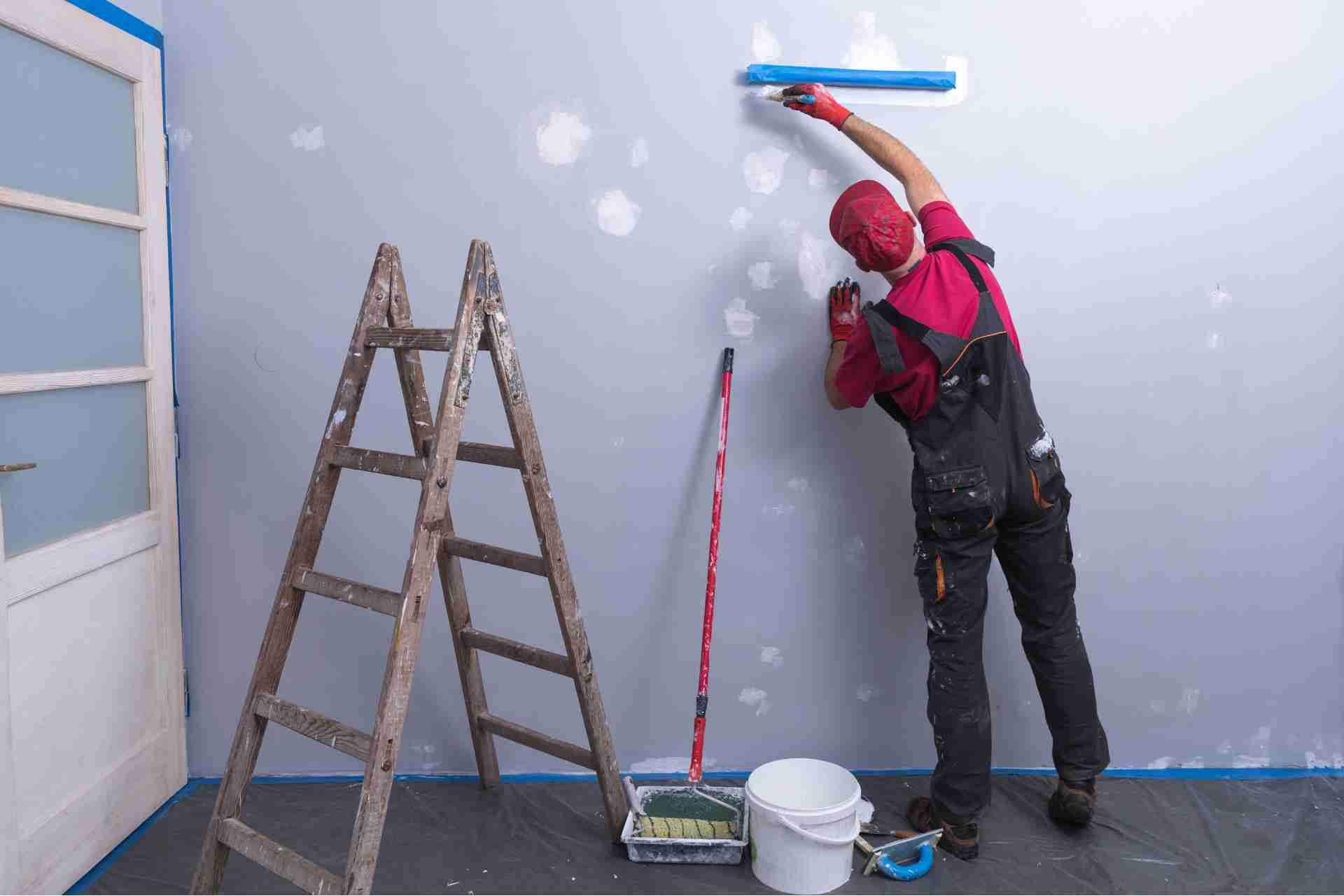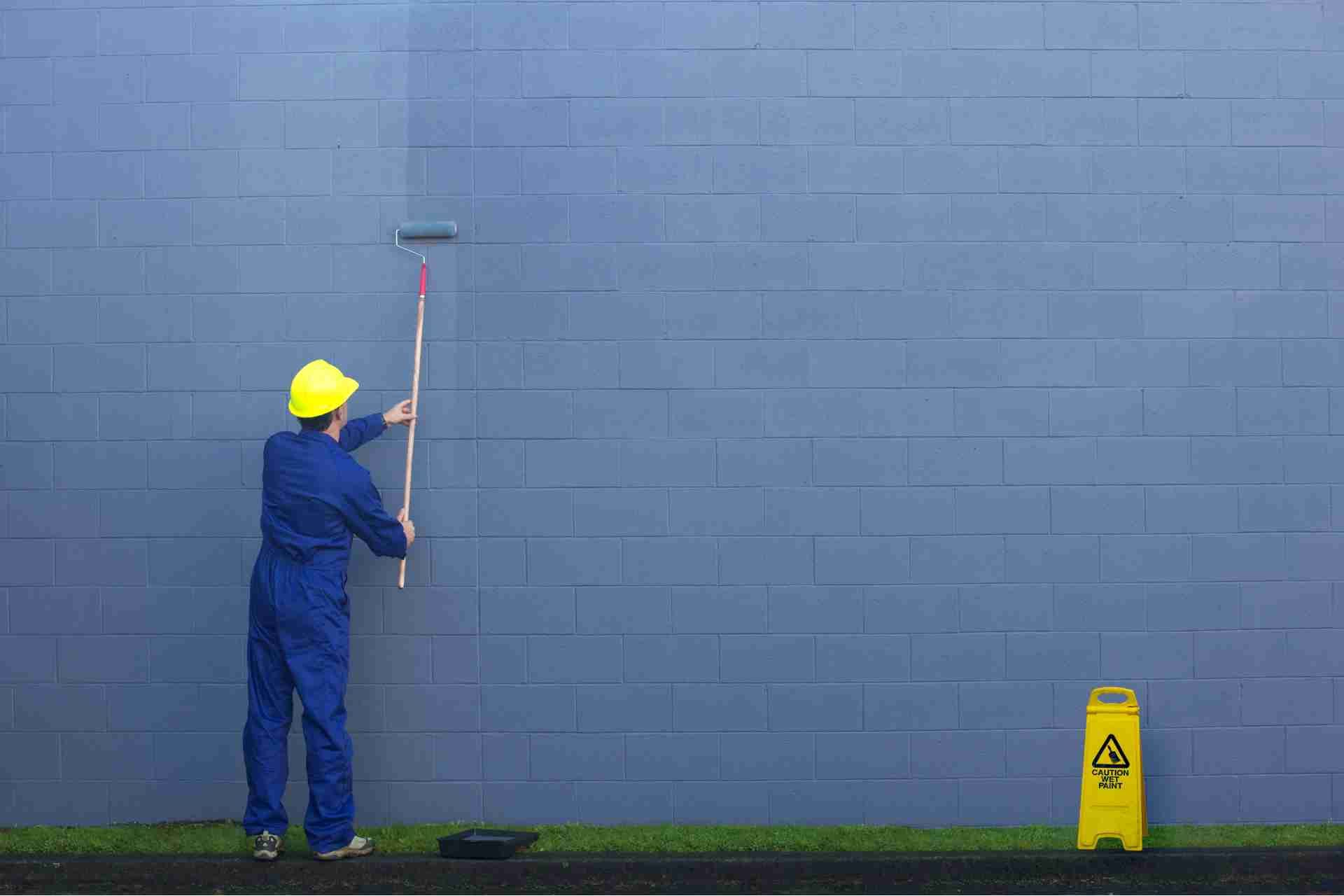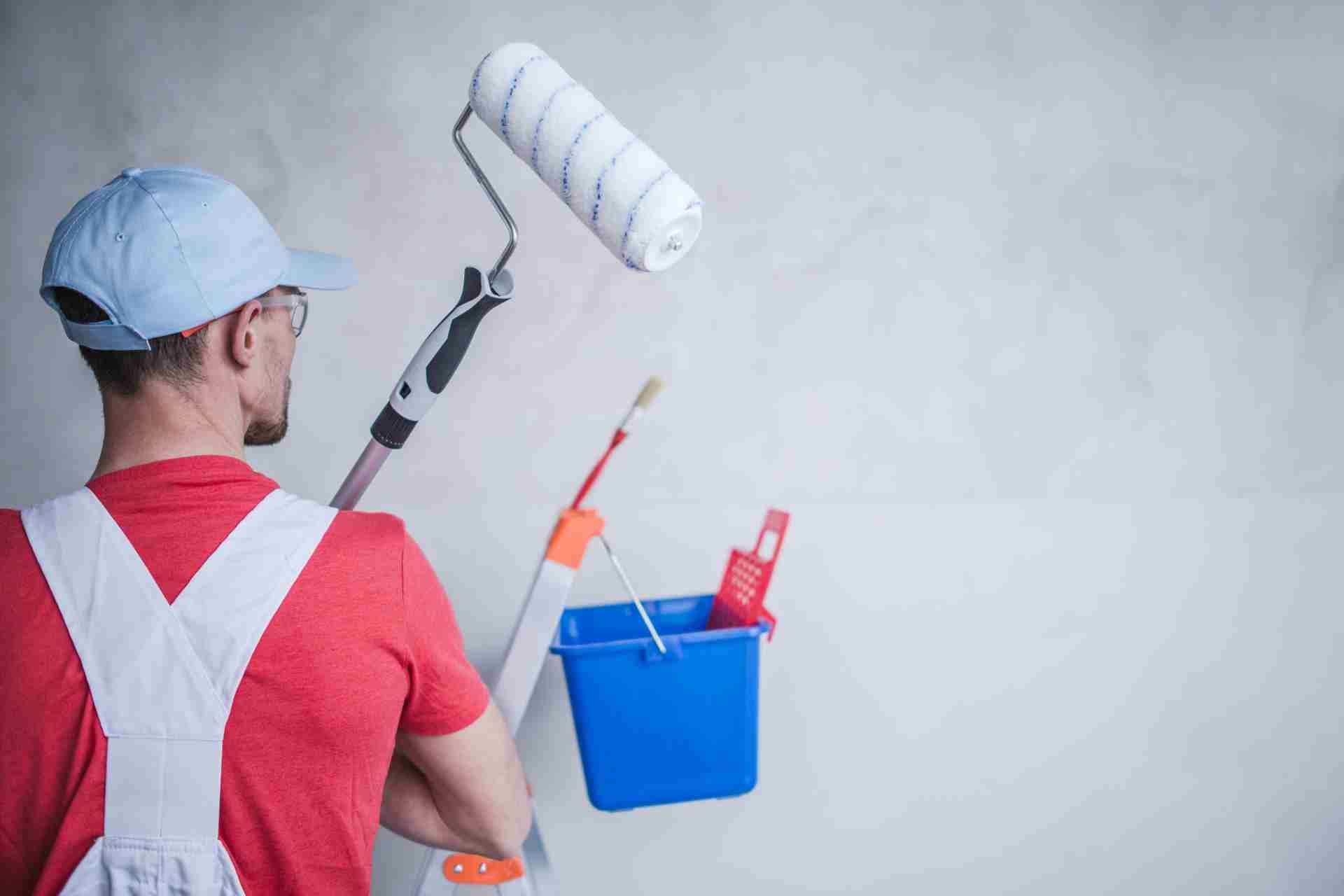Challenges of Painting an Old House
Painting an old house can be a rewarding project that brings new life and vibrancy to a beloved structure. However, it also comes with its own set of unique challenges. From dealing with layers of old paint to addressing issues such as lead paint and rotting wood, painting an old house requires careful planning and execution.
Let’s discuss some of the challenges you may encounter when painting an old house and provide tips and guidance on how to overcome them.
Peeling and Cracking Paint
Peeling and cracking paint on old houses is a common issue that occurs due to various factors such as moisture, age, poor ventilation, or improper surface preparation. If left untreated, peeling and cracking paint can lead to further damage to the underlying surface and detract from the overall appearance of the house.
To address this issue, the first step is to identify the cause of the peeling and cracking paint. This may involve fixing any underlying moisture issues, improving ventilation, or properly preparing the surface before applying new paint.
Once the cause is identified and addressed, the next step is to remove the peeling and cracking paint. This can be done by scraping off loose paint with a scraper or wire brush, sanding the surface to smooth out any rough spots, and applying a primer to ensure proper adhesion of the new paint.
It is important to choose a high-quality paint that is suitable for the surface and climate conditions. Properly applying the new paint with the correct technique can help prevent future peeling and cracking issues.
Lead paint concerns
Lead paint is a major concern because it poses serious health risks, especially for children and pregnant women. Exposure to lead paint can lead to lead poisoning, which can cause a range of health problems such as developmental delays, learning disabilities, behavioral issues, and even death in extreme cases.
Lead paint is most commonly found in older homes, particularly those built before 1978 when lead-based paint was banned for residential use. If the paint is in good condition and not deteriorating, it may not pose a significant risk. However, if the paint is chipping, peeling, or otherwise deteriorating, it can create lead dust that can be easily ingested or inhaled.
It is important to take precautions when dealing with lead paint, such as
hiring a professional lead abatement contractor to safely remove the paint or encapsulate it to prevent exposure. It is also important to regularly inspect older homes for lead paint and address any issues promptly to protect the health and safety of occupants.
Uneven surfaces
Old houses may have uneven surfaces due to settling over time, wear and tear, or changes in the foundation. This can lead to sloping floors, uneven walls, and other imperfections in the structure of the house.
To address uneven surfaces in an old house, it's important to first determine the cause of the problem. This may involve consulting with a professional contractor or structural engineer to assess the situation. Depending on the severity of the issue, potential solutions may include leveling the floors, reinforcing the foundation, or making repairs to the walls and ceilings.
Rot and decay
Older houses are more susceptible to rot and decay, especially if proper maintenance has not been done. Before painting, any areas of rot or decay should be repaired to ensure a long-lasting finish.
Limited color choices
Older houses may have architectural features or historical significance that limit the color choices available for painting. Care should be taken to choose a color that complements the style of the house and fits within any historical guidelines.
Preparing the surface
Proper surface preparation is key to a successful paint job, but this can be more challenging on an old house. This may involve cleaning, scraping, sanding, and priming the surface before painting.
Dealing with multiple layers of paint
Old houses may have multiple layers of paint that need to be removed before repainting. This can be time-consuming and labor-intensive, especially if lead paint is present.
Cost
Painting an old house can be more expensive than painting a newer home, due to the additional preparation and repairs that may be needed. It is important to budget accordingly and plan for any unexpected expenses that may arise during the painting process.
Pine Tree Painting Is an Expert in Painting Old Houses
Pine Tree Painting specializes in painting old houses and restoring their original charm and beauty. Our team of experienced painters is expert in dealing with the unique challenges that come with painting older homes, such as peeling paint, mold and mildew, and rotting wood.
We understand the importance of preserving the historical integrity of these homes while also giving them a fresh, new look. Our painters are skilled in using traditional painting techniques and high-quality materials to ensure a durable and long-lasting finish.
Whether your old house needs a full exterior paint job, a touch-up on the trim, or a complete restoration, Pine Tree Painting is here to help.
Contact us today for a free consultation and estimate.
